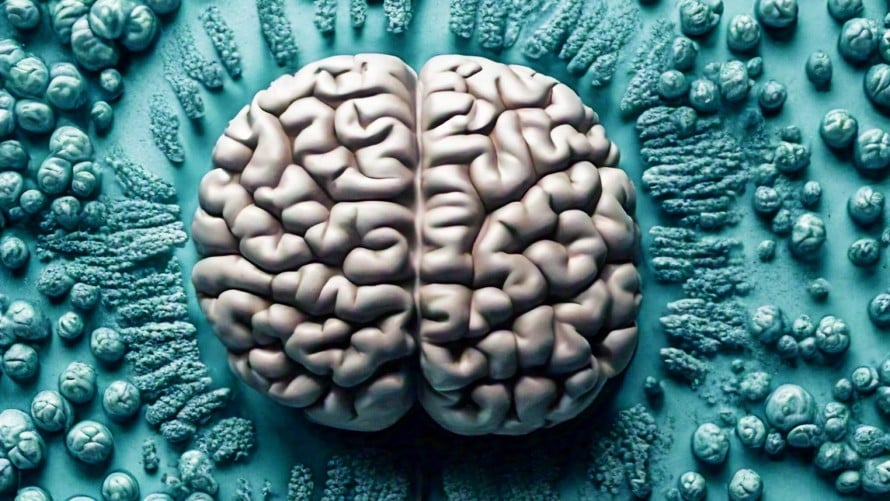A groundbreaking study published in Cell Press unveils a comprehensive interactive atlas of traumatic brain injury (TBI) that could transform how doctors approach treatment. This collaborative effort between Barrow Neurological Institute and the University of Pittsburgh maps out over 330,000 cells and their responses to TBI, potentially ushering in an era of precision medicine for brain trauma patients.
Decoding the Complexity of Brain Injuries
Traumatic brain injuries affect 40-50 million people globally each year, surpassing the incidence of stroke and Alzheimer’s disease. Despite this prevalence, effective treatments have remained elusive due to the unique nature of each injury. Current approaches often employ a one-size-fits-all strategy, which has led to disappointing results in clinical trials.
The newly developed atlas aims to change this by deconstructing TBIs at the molecular level. It provides detailed information on how individual cells respond to trauma based on factors such as injury severity, time since injury, and the specific brain region affected.
Dr. Ruchira M. Jha, lead researcher and director of neurocritical care research at Barrow Neurological Institute, explains the significance: “All of the clinical trials over the past several decades testing different therapies have failed to show benefit. In large part this might be because of a ‘one size fits all’ approach to management – when really each patient, indeed each cell, is different.”
A New Frontier in TBI Research
The atlas represents a paradigm shift in TBI research. By mapping the intricate cellular responses to brain trauma, it opens up possibilities for targeted therapies that consider the unique characteristics of each injury.
Key features of the atlas include:
- Documentation of 334,376 cells and their TBI responses
- Analysis of cell-specific complexity based on impact site distance and time from injury
- An interactive web-based platform for customized exploration
- A mobile app for accessibility and future research applications
Dr. Patrick Kochanek, distinguished professor at the University of Pittsburgh and co-senior author of the study, highlights the potential impact: “We believe that these findings have the potential to lead to truly precision therapies targeting neuroinflammation after TBI across the injury spectrum.”
Why it matters: This atlas could revolutionize TBI treatment by enabling doctors to tailor therapies to each patient’s specific injury profile. It may lead to more effective treatments, improved recovery outcomes, and a better quality of life for millions of TBI survivors worldwide.
The development of this atlas addresses several key challenges in TBI research:
- Heterogeneity of injuries: By mapping cellular responses across various injury types, the atlas helps researchers understand why one-size-fits-all approaches have failed.
- Temporal dynamics: The atlas captures how cellular responses change over time, potentially informing when specific treatments might be most effective.
- Spatial considerations: By analyzing responses based on distance from the impact site, the atlas provides insights into how different brain regions are affected.
- Biomarker identification: The detailed cellular data could lead to the discovery of new biomarkers for diagnosis and treatment monitoring.
While the atlas represents a significant advance, questions remain about how quickly these insights can be translated into clinical practice. Researchers will need to validate findings in human subjects and develop practical tools for real-time analysis of individual TBI cases.
Looking ahead, this atlas serves as a foundation for future research. It may guide the development of new drug targets, inform clinical trial design, and ultimately lead to personalized treatment strategies for TBI patients. As Dr. Jha notes, “This is a living atlas in that we are continuing to build upon this with additional samples and variables.”
The collaborative effort, funded by the National Institutes of Health, The Chuck Noll Foundation for Brain Injury Research, and others, exemplifies the power of interdisciplinary research in tackling complex medical challenges. As this atlas evolves and expands, it promises to reshape our understanding of TBI and pave the way for more effective, personalized treatments in the years to come.


